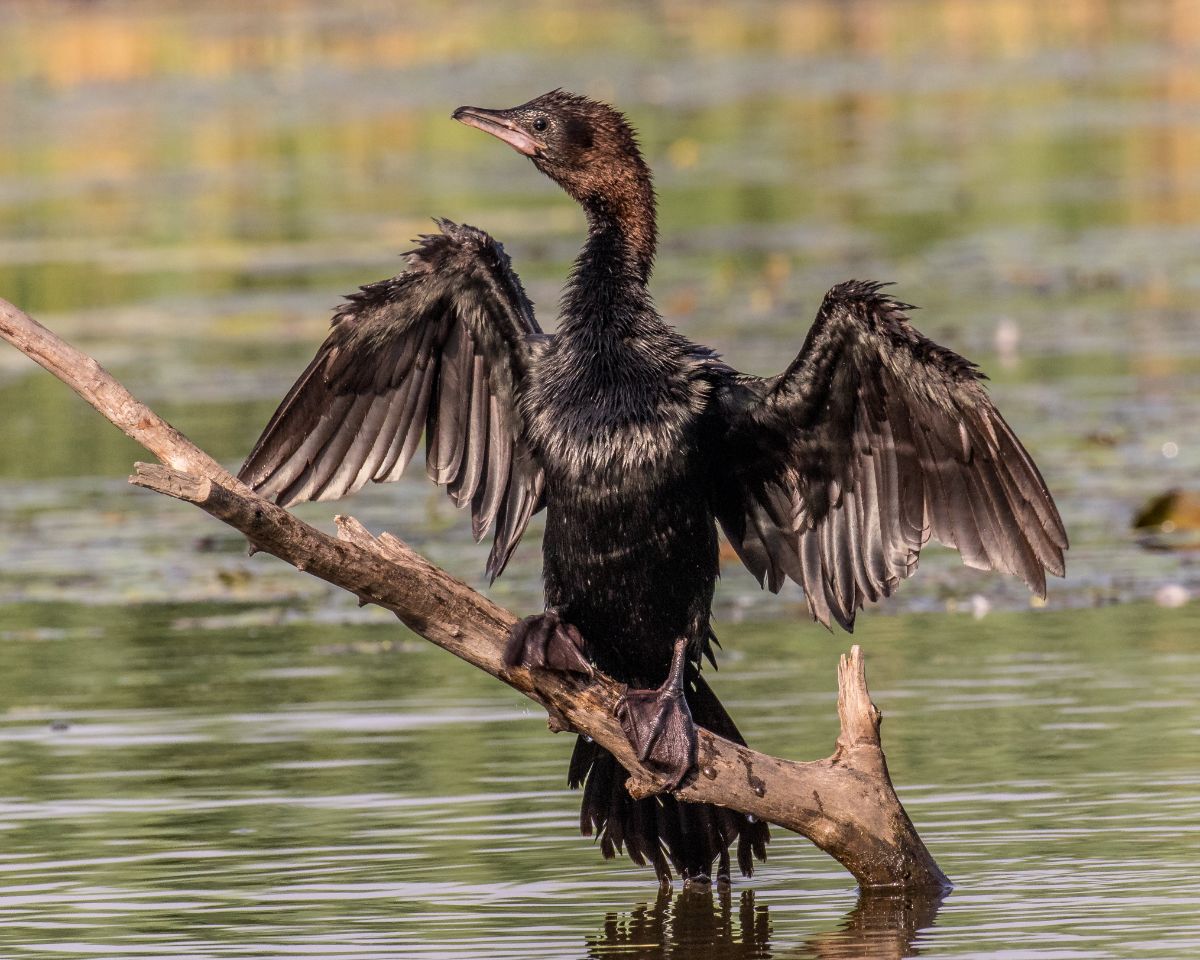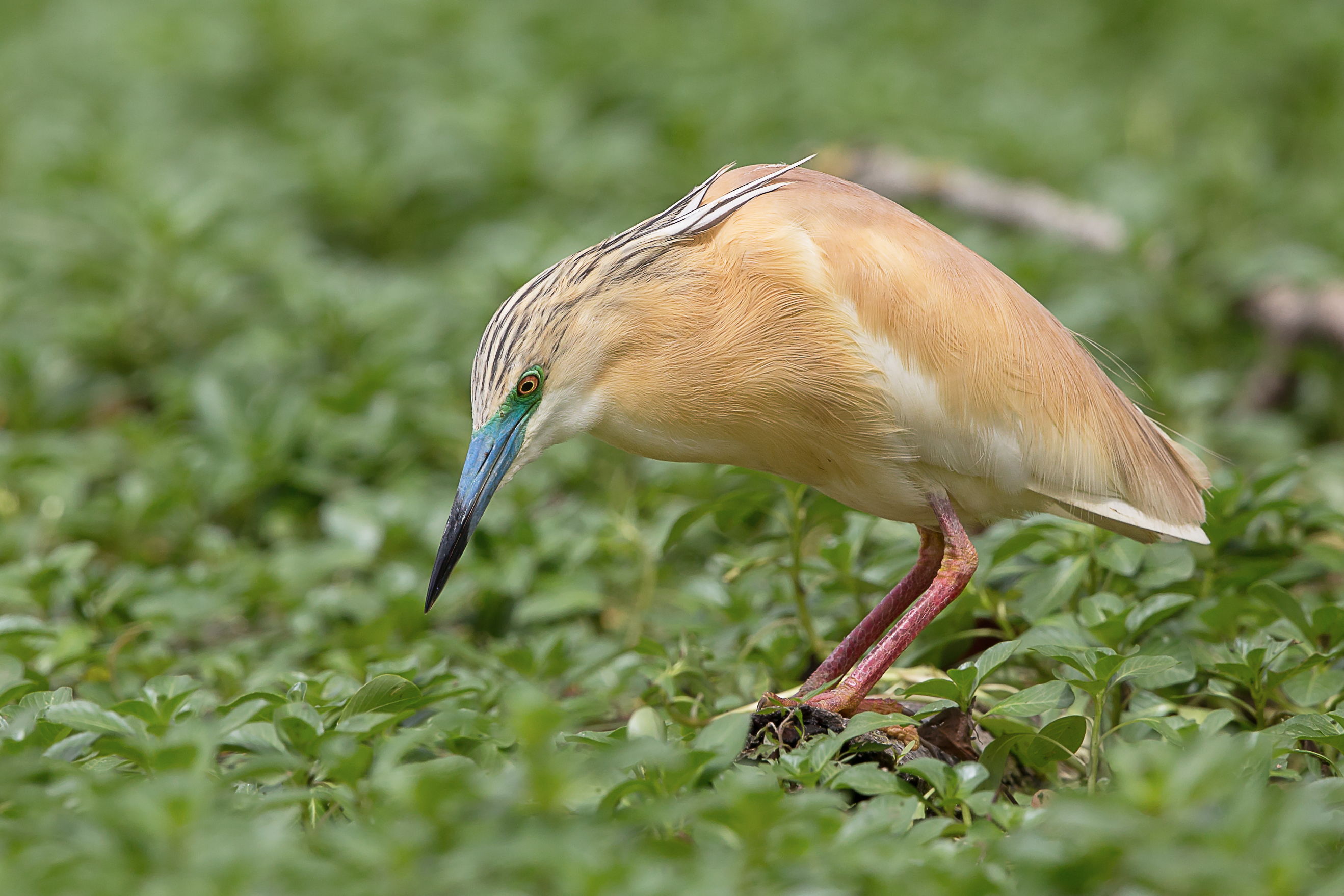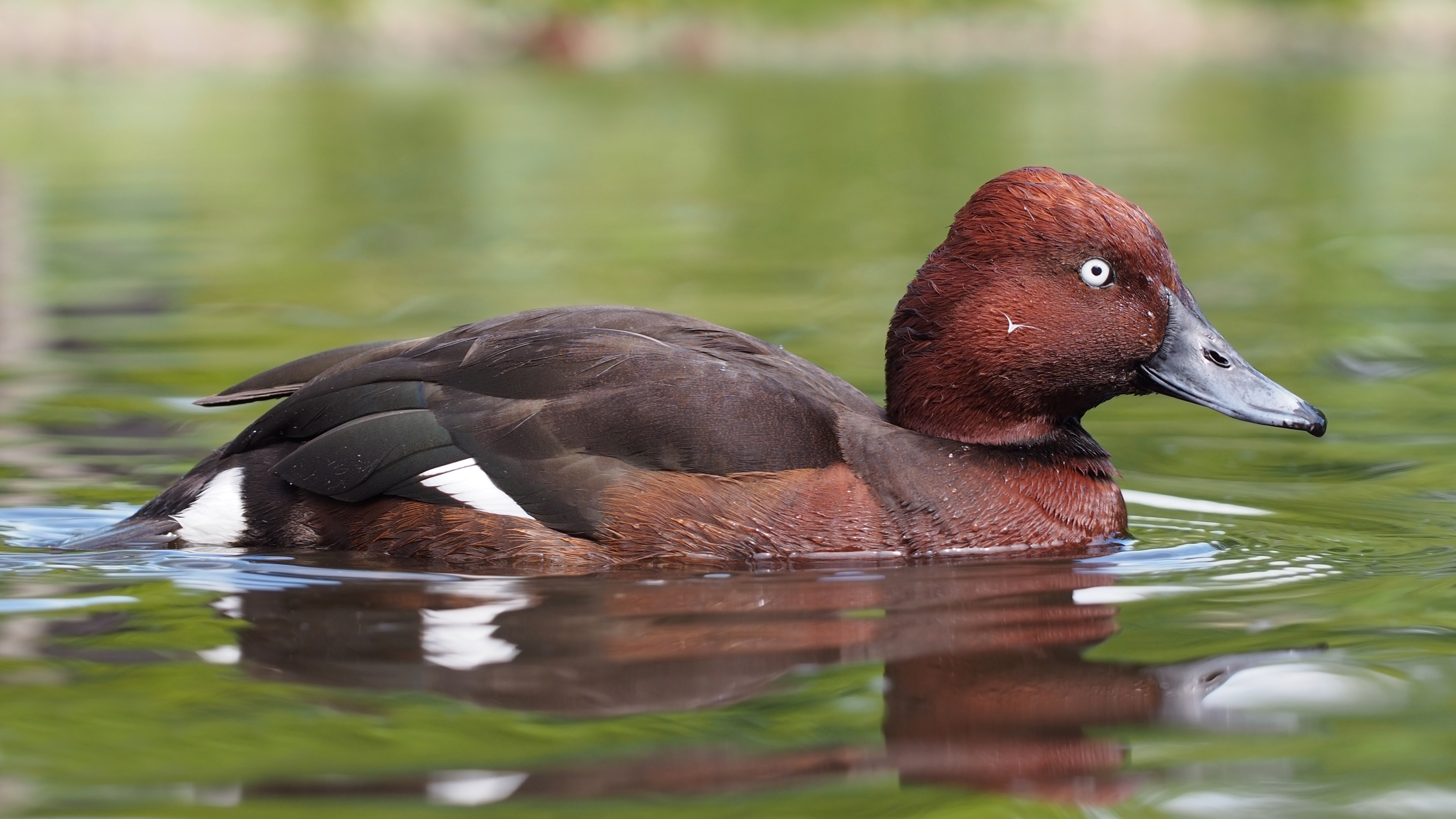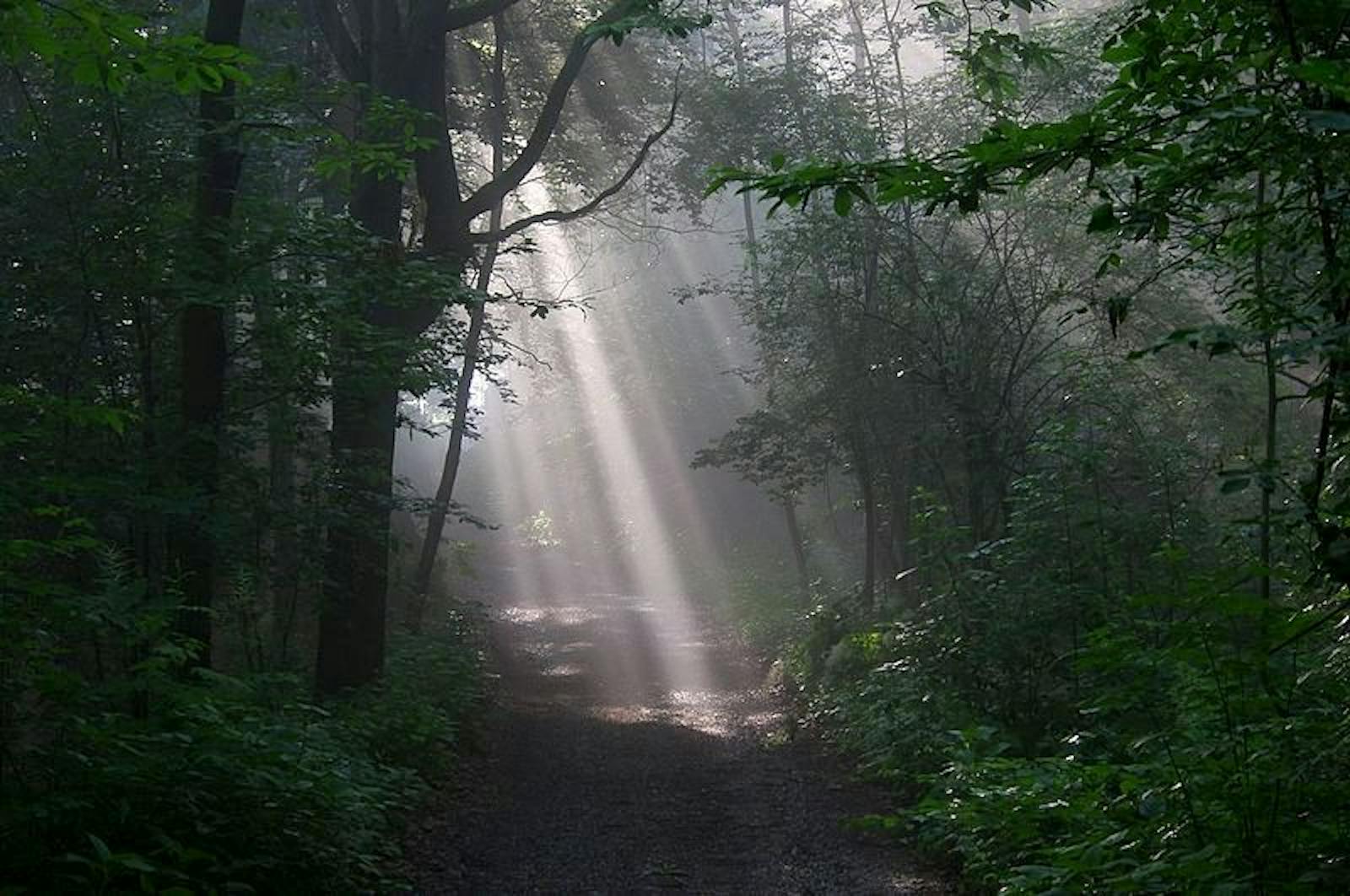Po Basin Mixed Forests
The ecoregion’s land area is provided in units of 1,000 hectares. The conservation target is the Global Safety Net (GSN1) area for the given ecoregion. The protection level indicates the percentage of the GSN goal that is currently protected on a scale of 0-10. N/A means data is not available at this time.
Bioregion: Alps & Po Basin Mixed Forests (PA13)
Realm: Western Eurasia
Ecoregion Size (1000 ha):
4,246
Ecoregion ID:
675
Conservation Target:
10%
Protection Level:
8
States: Italy, Switzerland
Found scattered throughout one of the most industrialized regions in Europe are the last remaining pockets of riparian woodlands and wetlands, reminding us of the past wilderness once widespread in the Po Basin. These wetlands are very important breeding, resting, and feeding areas for many bird species. It contains the only nesting site in Italy of pygmy cormorant, and is also home to the globally threatened ferruginous duck.

The flagship species of the Po Basin Mixed Forests ecoregion is the pygmy cormorant. Image credit: Creative Commons
The ecoregion stretches across northern Italy from Turin to the Eastern border of Italy, spanning seven Italian regions including Lombardy, Po River, and Veneto plains, as well as the northern Adriatic coastland. The Po Basin, the largest hydrographic basin in Italy, is surrounded by the foothills of the Southern Alps to the west and north, and by the Northern Apennine Mountains to the south. There is a Mediterranean climate in the south of the basin, and a continental climate in the north (Alpine climate). Therefore, annual rainfall ranges from 500 to 1,000 mm.
Prior to the intensification of human activities in the ecoregion, natural vegetation would have consisted of mixed deciduous oak forests of common oak, Turkey oak, European hornbeam, field elm, and South European flowering ash. Riparian forests, peat bogs, and swamps occupied the periodically flooded valleys of less than 100 m of elevation. Heather (Calluna vulgaris) communities are found on outcrops and rocky slopes. Relict Mediterranean sclerophyllous (holm oak) and dry conifer (stone pine) woodlands appear in the coastal sand dunes and flatland in the Po delta.

Squacco heron. Image credit: Puerre Dalous, Creative Commons
The greatest biodiversity value of the Po Basin lies in and around its freshwater ecosystems. These systems have a high level of biodiversity, and support many plant species threatened in Italy, including summer snowflake, European white waterlily, marsh fern, arrowhead, bladderwort, and several orchid species. The ecoregion’s wetlands serve as the most important heron breeding area in Italy for squacco heron, black-crowned night-heron and little egret. There are regularly more than 20,000 waterbirds present, including populations of storks, ducks, terns, hawks, kites, and plovers.
Several endemic species of fish are present, and the valleys function as nurseries for many species, including some that are rare and/or threatened, for example, the critically endangered endemic Adriatic sturgeon and the endangered Italian nase.
Since Medieval times, the natural vegetation of the Po Basin has been intensively transformed into agricultural land. Currently, 90% of its surface is planted with rice, cereals, grass, fruit trees, and poplar plantations. The region is also one of the most industrialized in Europe, and includes many large towns, industries, and a very dense road network. The few remaining wilderness areas are scattered small riparian woodlands and wetlands. Many of these are protected under the Birds Directive, including Risaie della Lomellina, Valle del Mezzano, Laguna di Venezia, and Magredi di Pordenone Special Protection Areas.

Ferruginous duck. Image credit: Francis Franklin, Creative Commons
One of the most industrialized regions of Europe, the Po Basin has a long history of human pressure. Recent degradation of the ecoregion’s remaining flora and fauna is partly as a result of water, soil, and air pollution from human activities. Water shortage and the drying up of wetlands are a growing issue as the amount of groundwater withdrawn for irrigation and human usage is greater than the input from natural sources. Additionally, the River Po is a hotspot for invasive species, including the introduced, large-bodied predators, stone moroko fish, and wels catfish, which threaten native flora and fauna. The black locust tree invasion of forested land is also creating great problems in the remaining natural forests. Poaching and hunting pose a serious threat for waterfowl species.
The priority conservation actions for the next decade will be to: 1) continue the containment of invasive fish species in parallel with habitat restoration to allow the recovery of native fish species; 2) maintain, restore, and protect wetlands to reduce flood risks and allow wetland species to flourish; and 3) continue efforts to control spread of invasive alien trees such as the black locust.
Citations
- Blasi, C., Capotorti, G., Copiz, R., Guida, D., Mollo, B., Smiraglia, D. and Zavattero, L. 2014. Classification and mapping of the ecoregions of Italy. Plant Biosystems-An International Journal Dealing with all Aspects of Plant Biology, 148(6), pp.1255-1345.
- Bolpagni, R. and Piotti, A. 2015. Hydro-hygrophilous vegetation diversity and distribution patterns in riverine wetlands in an agricultural landscape: a case study from the Oglio River (Po plain, Northern Italy). Phytocoenologia, 45(1-2), pp.69-84.
- Castaldelli, G., Pluchinotta, A., Milardi, M., Lanzoni, M., Giari, L., Rossi, R. and Fano, E.A. 2013. Introduction of exotic fish species and decline of native species in the lower Po basin, north‐eastern Italy. Aquatic Conservation: Marine and Freshwater Ecosystems, 23(3), pp.405-417.

-CC-2009.jpg?auto=compress%2Cformat&w=1600)
.png?auto=compress%2Cformat&w=300)

